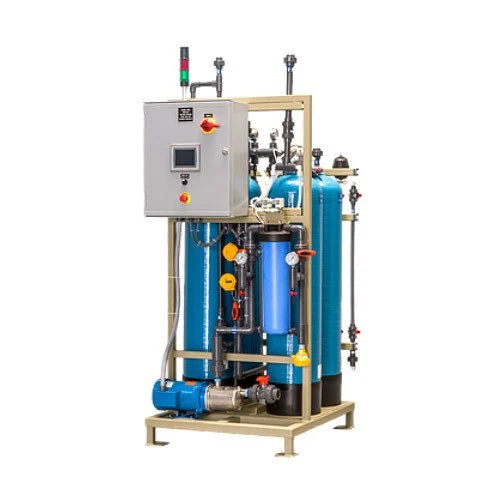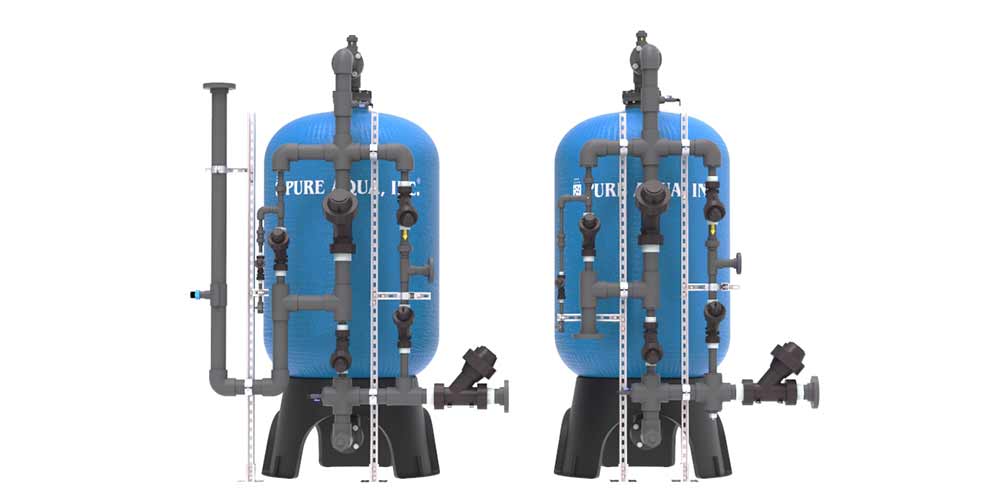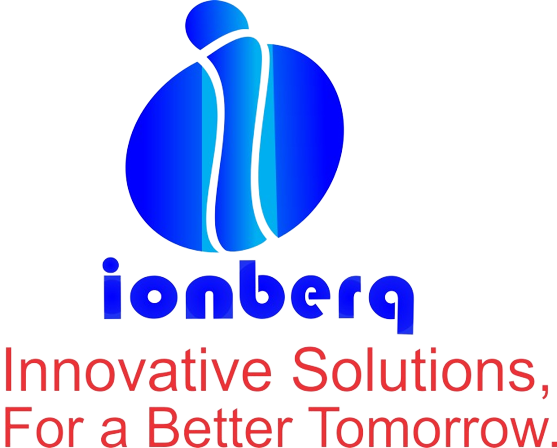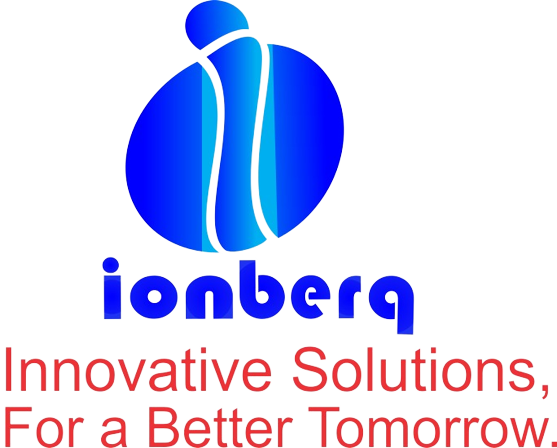Deionizers

Deionizers
The Ionberg is a leading provider of deionization solutions. Our water deionizers are rugged, pre-engineered, pre-assembled, standardized units that minimize expensive installation and start-up costs. We have designed our Deionization systems to maximize the efficiency and repeatability of the unit during the service and regeneration modes The Process of Deionization or Ion-exchange In the context of water purification, ion-exchange is a rapid and reversible process in which impurity ions present in the water are replaced by ions released by an ion-exchange resin. The impurity ions are taken up by the resin, which must be periodically regenerated to restore it to the original ionic form. (An ion is an atom or group of atoms with an electric charge. Positively-charged ions are called cations and are usually metals; negatively-charged ions are called anions and are usually non-metals).
The following ions are widely found in raw waters:
| Cations | Anions | |
| Calcium (Ca2+) | Chloride (Cl–) | |
| Magnesium (Mg2+) | Bicarbonate (HCO3-) | |
| Sodium (Na+) | Nitrate (NO3-) | |
| Potassium (K+) | Carbonate (CO32-) | |
| Iron (Fe2+) | Sulfate (SO42-) |

Ion Exchange Resins There are two basic types of resin – cation-exchange and anion-exchange resins. Cation exchange resins will release Hydrogen (H+) ions or other positively charged ions in exchange for impurity cations present in the water. Anion exchange resins will release hydroxyl (OH-) ions or other negatively charged ions in exchange for impurity anions present in the water. The application of ion-exchange to water treatment and purification There are three ways in which ion-exchange technology can be used in water treatment and purification: first, cation-exchange resins alone can be employed to soften water by base exchange; secondly, anion-exchange resins alone can be used for organic scavenging or nitrate removal; and thirdly, combinations of cation-exchange and anion-exchange resins can be used to remove virtually all the ionic impurities present in the feedwater, a process known as deionization. Water deionizers purification process results in water of exceptionally high quality. Deionization For many laboratory and industrial applications, high-purity water which is essentially free from ionic contaminants is required. Water of this quality can be produced by deionization.
Ion Exchange Resins There are two basic types of resin – cation-exchange and anion-exchange resins. Cation exchange resins will release Hydrogen (H+) ions or other positively charged ions in exchange for impurity cations present in the water. Anion exchange resins will release hydroxyl (OH-) ions or other negatively charged ions in exchange for impurity anions present in the water. The application of ion-exchange to water treatment and purification There are three ways in which ion-exchange technology can be used in water treatment and purification: first, cation-exchange resins alone can be employed to soften water by base exchange; secondly, anion-exchange resins alone can be used for organic scavenging or nitrate removal; and thirdly, combinations of cation-exchange and anion-exchange resins can be used to remove virtually all the ionic impurities present in the feedwater, a process known as deionization. Water deionizers purification process results in water of exceptionally high quality. Deionization For many laboratory and industrial applications, high-purity water which is essentially free from ionic contaminants is required. Water of this quality can be produced by deionization.

